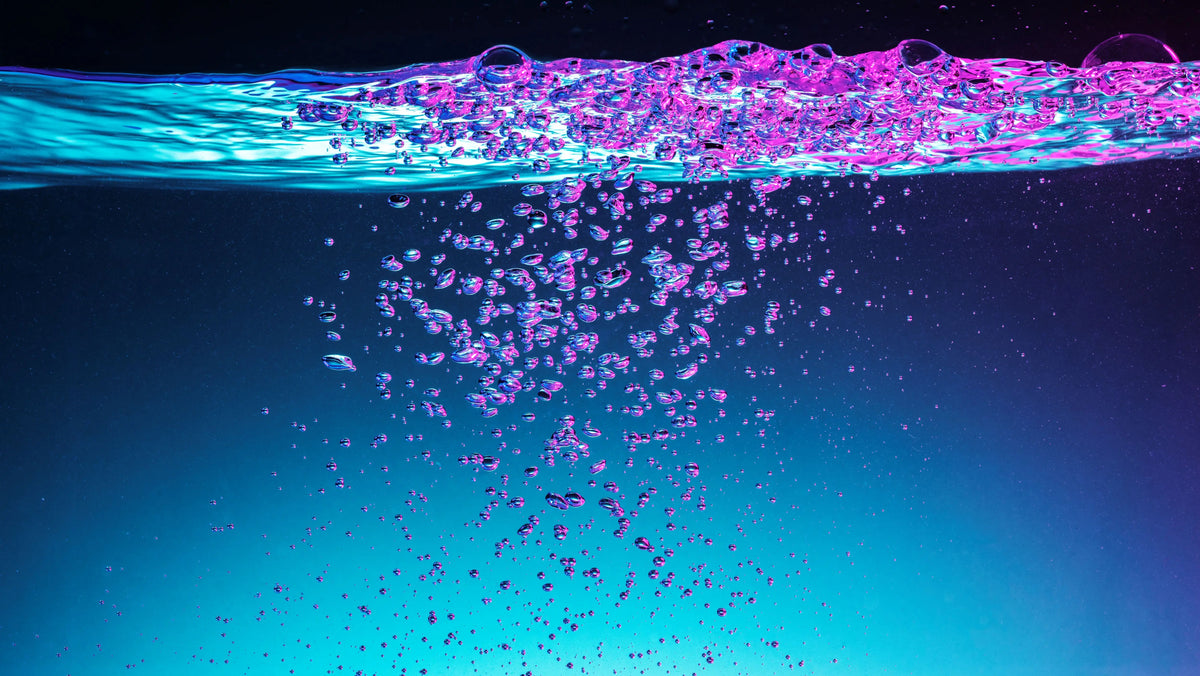Commercial Reverse Osmosis Systems

Commercial Reverse Osmosis Systems: A Guide for Business Owners
A popular water purification technique in business settings is reverse osmosis (RO). In this method, water is forced under pressure through a semipermeable membrane, which filters out contaminants and leaves behind clean, sterile drinking water. Commercial reverse osmosis systems are made to deliver high-quality water for a variety of uses, including the manufacture of food and beverages, pharmaceuticals, and industrial activities.
In this article, we'll examine more closely at commercial reverse osmosis systems more, including their advantages, how they operate, and factors to take into account when selecting the best system for your company.
Commercial Reverse Osmosis System Benefits
Using a commercial reverse osmosis system in your company has a number of major advantages, such as:
High-Quality Water: Commercial RO systems use a multi-stage filtration procedure to remove contaminants like minerals, salts, and other impurities, leaving behind high-quality water that is suitable for drinking and other uses.
Cost-Effectiveness: Compared to purchasing bottled water or using other types of water treatment, a commercial RO system may prove to be more economical in the long run. The device may deliver clean water continuously, eliminating the need for recurrent bottled water purchases.
Commercial reverse osmosis systems eliminate the demand for bottled water and related plastic waste, making them an environmentally responsible solution.
Enhancement of Taste and Smell: Commercial RO systems can enhance the flavor and aroma of water, making it more palatable for drinking and cooking.
Enhanced Efficiency: Commercial reverse osmosis systems can boost productivity and efficiency in your company by supplying high-quality water for industrial operations and other uses.
The Operation of Commercial Reverse Osmosis System
Commercial reverse osmosis systems function by applying pressure to water and forcing it through a membrane that is semi-permeable to contaminants, removing them and leaving behind clean safe drinking water. The procedure typically includes pre-treatment, reverse osmosis, and post-treatment stages of filtration.
Pre-Treatment: The initial step in the procedure entails pre-treatment, which entails clearing the water of big debris and impurities. Typically, a sediment filter or a multimedia filter is used at this stage.
Reverse Osmosis: In the second stage, water is forced through a semipermeable membrane using pressure in the reverse osmosis procedure. Smaller pollutants like minerals and salts are removed from the water at this stage.
Post-Treatment: The process's last step entails reintroducing minerals and other substances to the water in order to enhance its flavor and odor. To further purify the water at this point, UV or ozone treatment may be used.
Selecting the Best Commercial Reverse Osmosis System for Your Company
There are a number of things to take into account when selecting a commercial reverse osmosis system for your company, including:
Determining the quality of your water is the first step in selecting a business reverse osmosis system. This will enable you to choose the system type and degree of filtration you need.
The amount of water you will use is the second thing to think about. This will enable you to calculate the necessary flow rate and system size.
Cost: Depending on the system's size and complexity, a commercial reverse osmosis system might range in price. It is crucial to take into account the upfront




